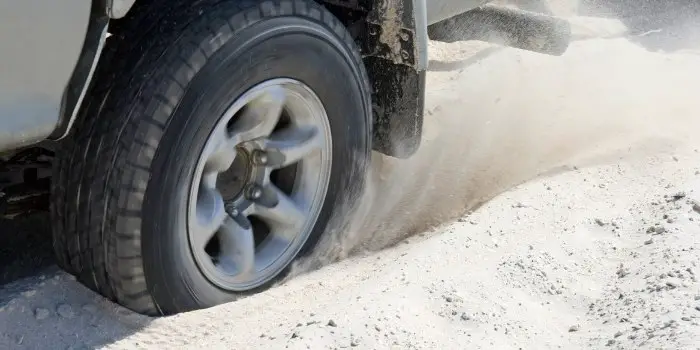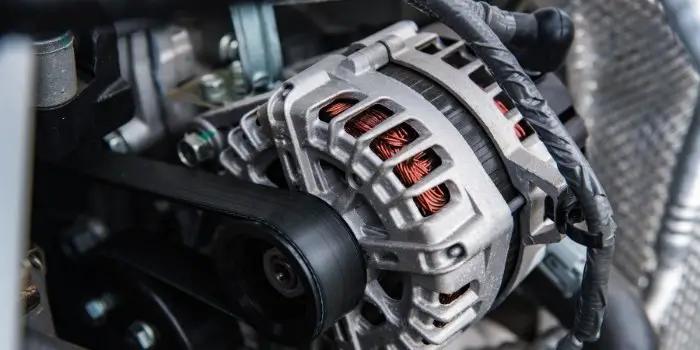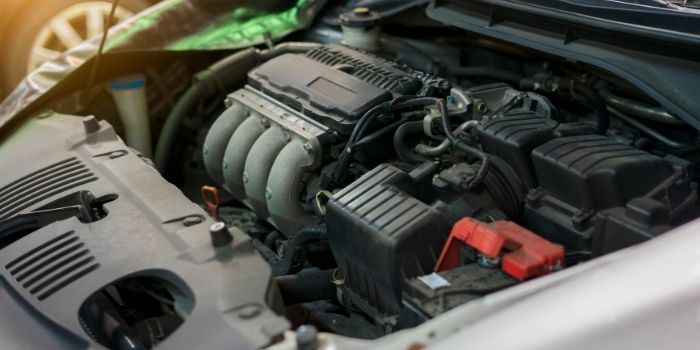
If your automobile begins speeding on its own, it may only imply one thing: the throttle cable is jammed on your older model car.
If your newer model automobile begins to accelerate on its own, it is because the computer sensor that opens the throttle is defective.
Having total control over your vehicle is critical to your safety on the road, so it may be terrifying when your car suddenly accelerates on its own while you’re driving.
Now, let’s get into the reasons why this occurs and how you may prevent it:
Table of Contents
What Causes Acceleration Issues?
In most circumstances, unexpected unintentional acceleration is said to happen while the automobile is in motion.
As previously stated, while there has been much debate as to why this might occur, insignificant investigations, driver error is often proven to be the reason.
The issue arises when the driver steps on the throttle instead of the brakes.
By being careful of where you step, you may easily prevent pedal misapplication.
Things to Think About
Here are some more factors to examine if you experience unexpected acceleration:
- If your throttle is cable-operated and you have cruise control turned on, and the car starts to accelerate as you try to slow down, there might be an issue with the brake input to the cruise control system.
- It’s quite improbable that utilizing your cruise control in the rain would result in an accident (but using the cruise in the rain isn’t a smart idea). According to the tale, a highway patrolman said that driving in the rain causes the cruise control to apply the throttle, but this will not happen until the non-drive wheels provide vehicle speed information to the cruise control module.
- If you’ve accelerated quickly and discovered that your accelerator has been trapped beneath the floor mat, the floor mat may need to be adjusted.
- Again, automakers go to tremendous measures to avoid rapid unplanned acceleration, and when it does occur, it’s typically due to driver mistakes.
- Unfortunately, on cable-equipped throttles, the throttle plate may get stuck in the throttle body owing to sludge, and the pedal can feel quite unyielding during acceleration. Furthermore, if the vehicle is in reverse while foot feed pressure is raised to the point of breaking the throttle body free from being stuck, the vehicle may suffer uncontrolled acceleration in reverse even if the driver’s foot was put on the brake to shift the car out of gear.
Clean the throttle body if your throttle is firm and then “pops” loose frequently.
However, if you opt to clean an electronic throttle body, don’t use your fingers to open the throttle plate, and don’t put your fingers in the throttle body while your assistant is working the throttle for cleaning.
Because an electronic throttle body will chop your fingers off if it shuts while your fingers are in there, use some spray and a toothbrush instead.
What Should You Do If Your Car Continues to Accelerate?
Do not be alarmed if your automobile begins to accelerate on its own. There is a simple method to get out of that risky scenario.
1. Shift to Neutral
The first thing you should do if your automobile begins to accelerate on its own is to shift into neutral.
Once in neutral, the gearbox is no longer mechanically attached to the engine.
Meaning the engine is no longer transmitting power to the wheels through the gearbox, therefore it can no longer accelerate.
2. Apply the brakes
After you have disconnected the power source, begin applying brakes as you would usually do to come to a complete stop.
The engine is revving but not accelerating at this moment.
Even if you hear loud engine sounds, do not switch off your car since you will lose power brakes and power steering, which you do not want.
Simply use the brakes to bring your car to a full stop and then switch off the engine.
3. Switch on the Hazard Lights
If your automobile begins revving and accelerating while driving down a calm street, you may come to a complete stop without worrying about traffic.
It’s a different situation if your automobile begins acting strangely when you’re driving down the interstate.
Cars might be arriving from all directions.
That is why it is critical to activate your danger lights. When other cars notice that you have your danger lights on, they will realize that something is wrong and will take place for you.
4. Implement Safety Measures
Again, if you live on a quiet street, you should be OK.
However, if you are on the highway, be sure to place a caution triangle to alert traffic that your car is parked.
Put on your fluorescent jacket if you have one in your car. Move away from the roadway after placing the warning triangle and calling a tow truck.
5. Seek assistance
Once you’ve securely parked your car, contact an automotive specialist to assist you in repairing it.
Whether your automobile starts speeding on its own, check to see if you’re pressing the correct pedal before assuming it’s an unintentional acceleration.
You may just be unaware of the precise location of your brake pedal.
Also, check to see if your floor mats are obstructing the pedals or causing your foot to slide when you shift your foot between the brakes and the gas pedal.
If you’ve determined that it wasn’t a mistake on your part or with the floor mat, but you’re still not sure what caused your vehicle to accelerate on its own, have an experienced technician examine it over.
Is Sudden Acceleration Harmful to a Car?
Sudden acceleration is dangerous for automobiles because once you start accelerating, your RPMs will rise and your engine will mechanically over-rev.
A mechanical over-rev occurs when your engine’s RPMs are near to or over the red line, resulting in a collision between the valve float and pistons because the valve float is still closing and the pistons are rising quicker than usual.
What exactly is the red line?
Simply described, it is the highest speed in RPMs at which your engine can operate safely without causing harm to itself.
On your tachometer, this is usually indicated by a red line or a red portion.
The red line is frequently set far lower than the RPMs that your engine can truly handle.
The red line fluctuates depending on several criteria, including stroke, component weight, and engine displacement.

Based in Orem (Utah) John Paterson graduated from Utah Valley University and has begun writing in 2009. He has a large wealth of experience in writing articles related to cars, automotive repair, wheels, cleaning/maintenance, and much more. He has also written instructional articles in a similar niche for a few online publications as well. Currently, he works as a mechanic in his personal garage shop where he loves serving his countrymen from his heart.




